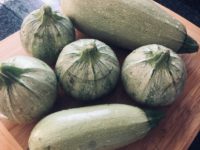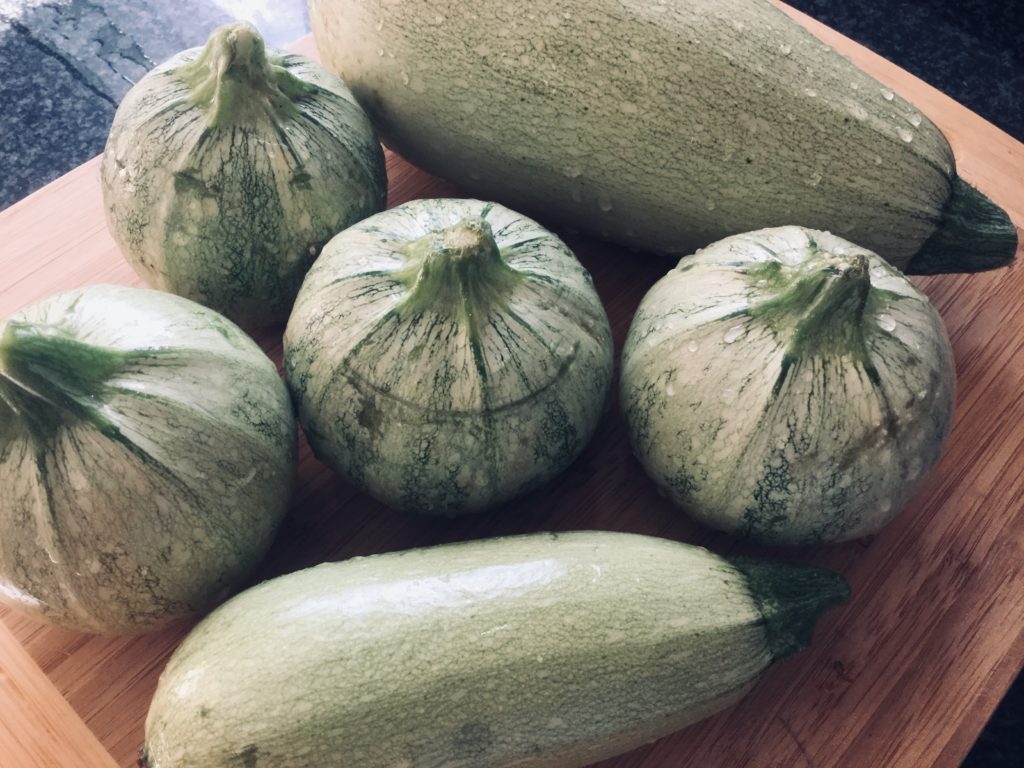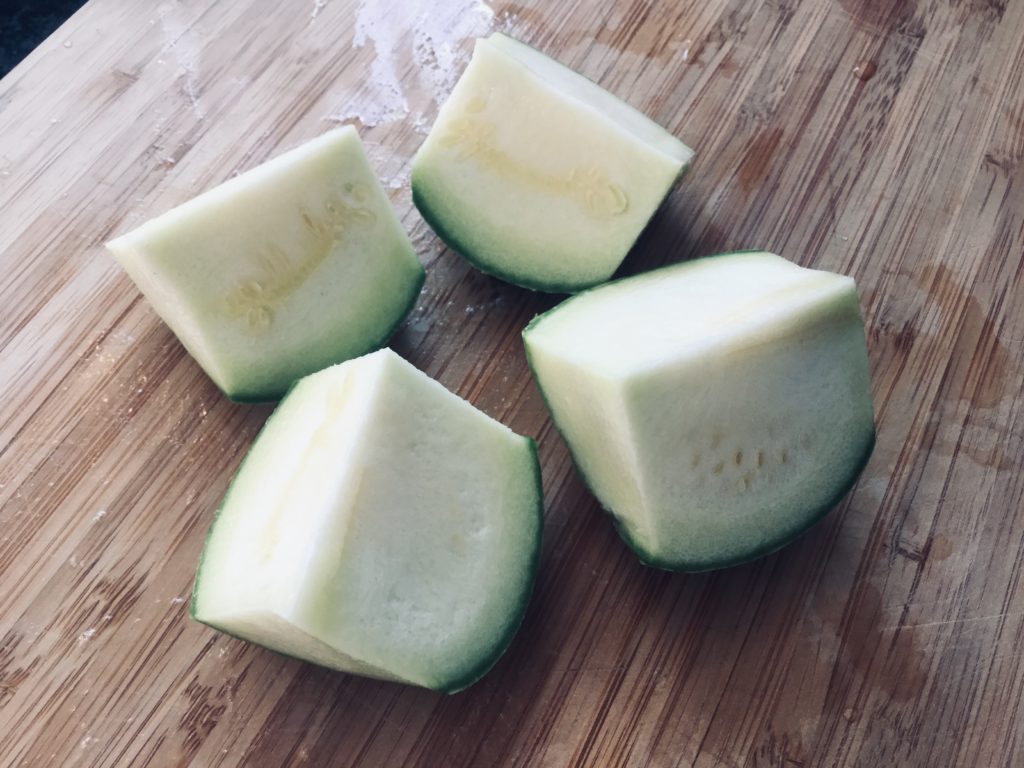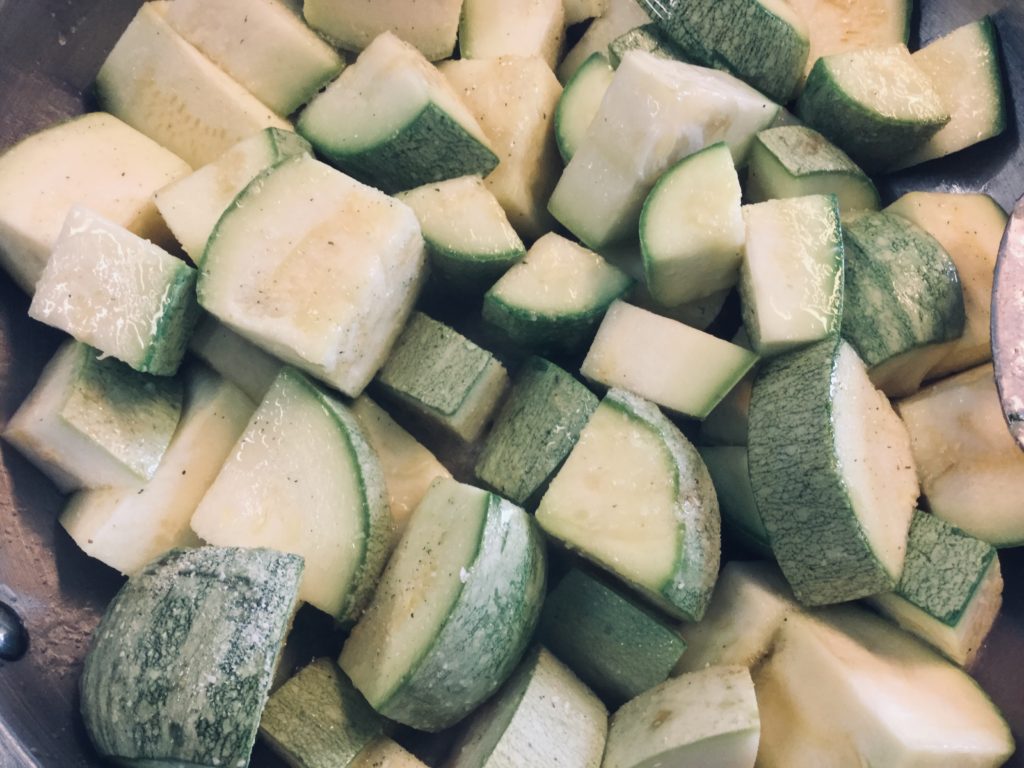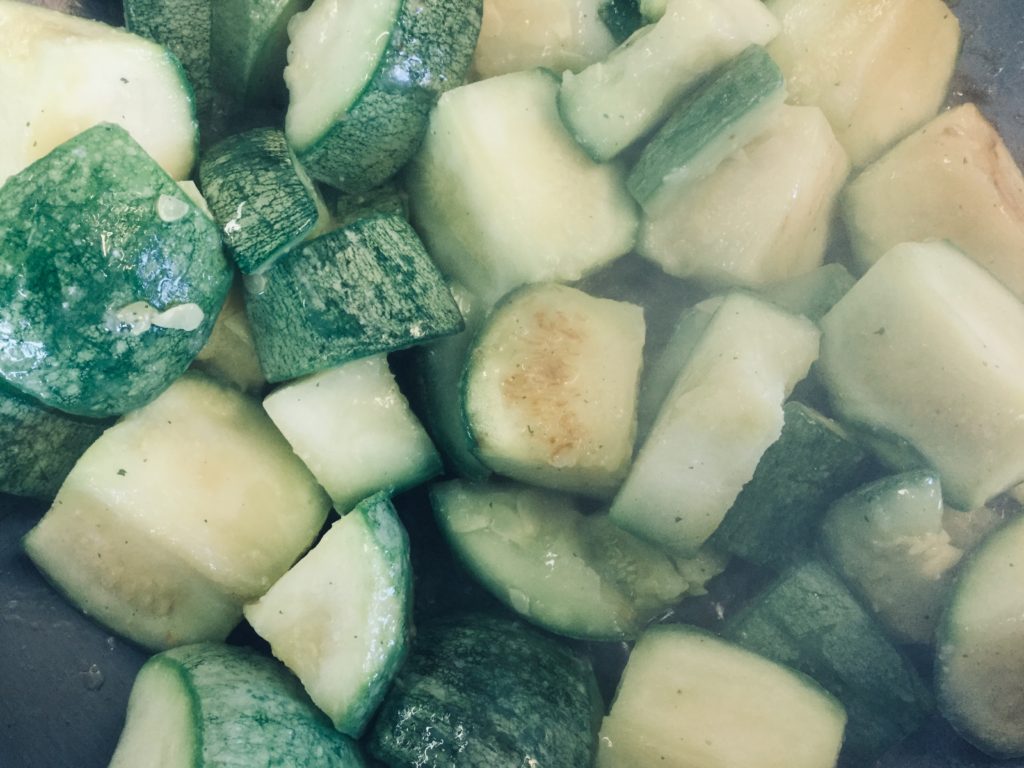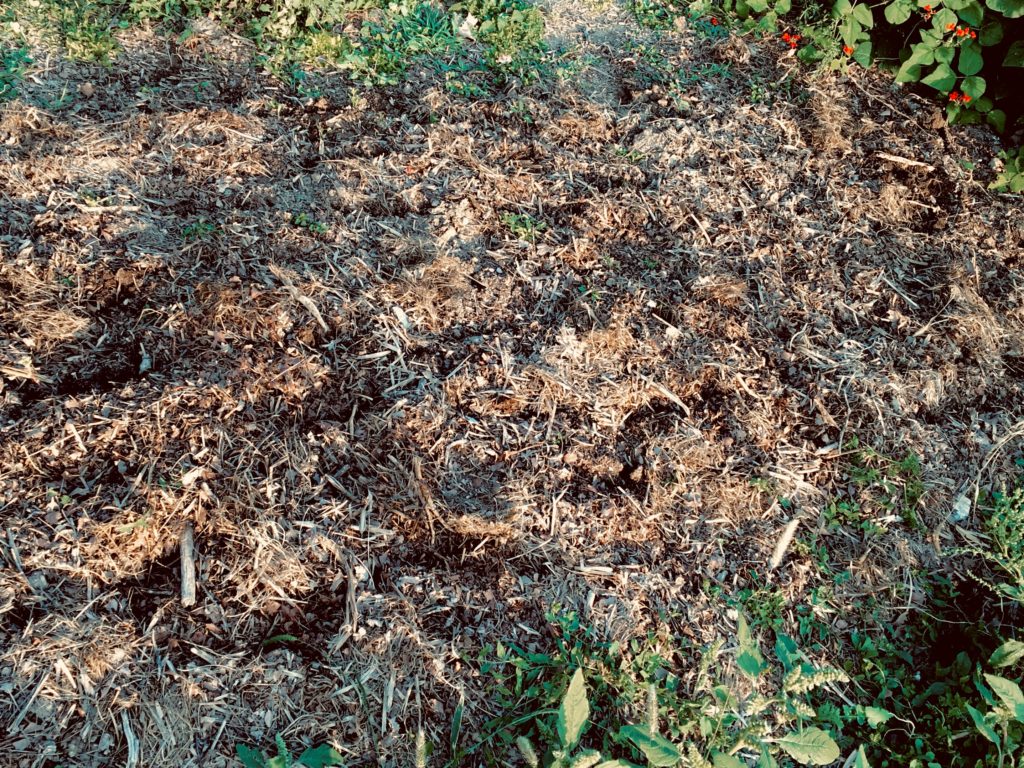
The kale bed after being gone over with a fork to carefully loosen the soil without turning it over
This bed had rainbow carrots growing in it this summer. Root vegetables take a lot out of the soil. They are great for aeration and breaking up hard soils, allowing compost and nutrients to get down deep once the roots are harvested. It is always important to follow root crops with other crops that help build the soil. According to my gardening guru, Eliot Coleman, any plant in the brassica family is a very good follower of any root crop. Some of the plants in the brassica family include cabbage, broccoli, and kale, to name a few. I like to use Kale this time of the year, the season is a little too short for broccoli, cabbage or kohlrabi, but kale is a shorter season plant that loves the cold.
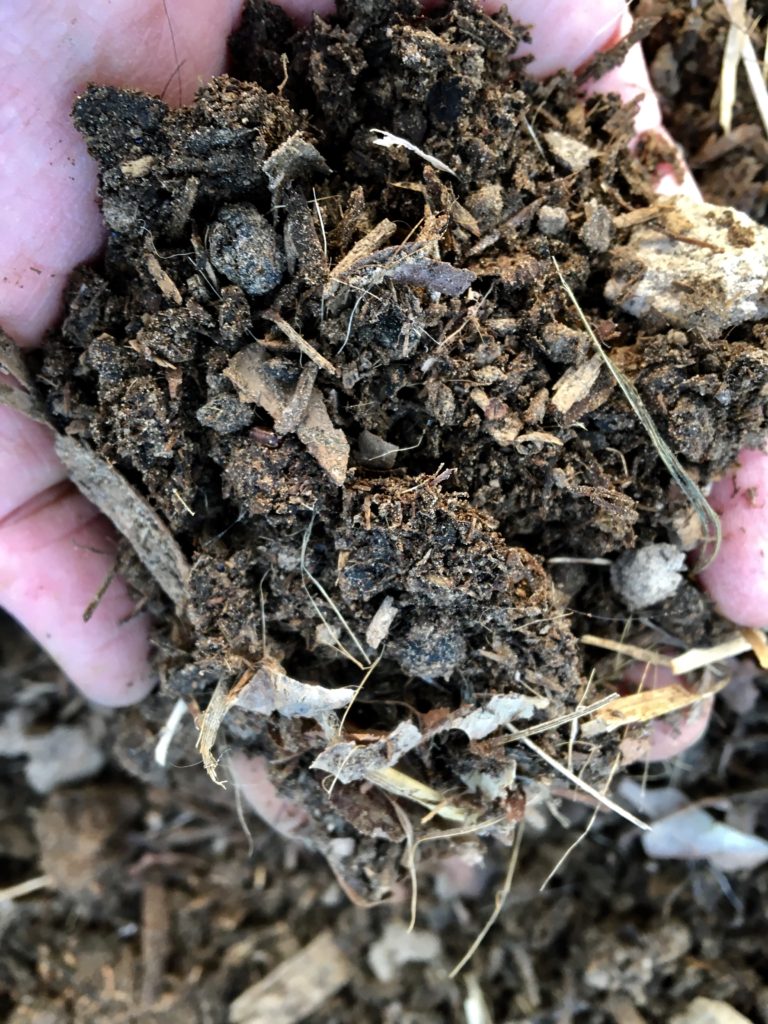
A handful of soil with a lot of organic matter and biodiversity, this is how to build healthy soil.
Another thing I love about kale as a succession plant is that is produces a lot of bio mass. Kale gets big and leafy and when it dies down or we choose to chop and drop it there is a lot of matter that will compost in place further enriching the bed it was planted in.
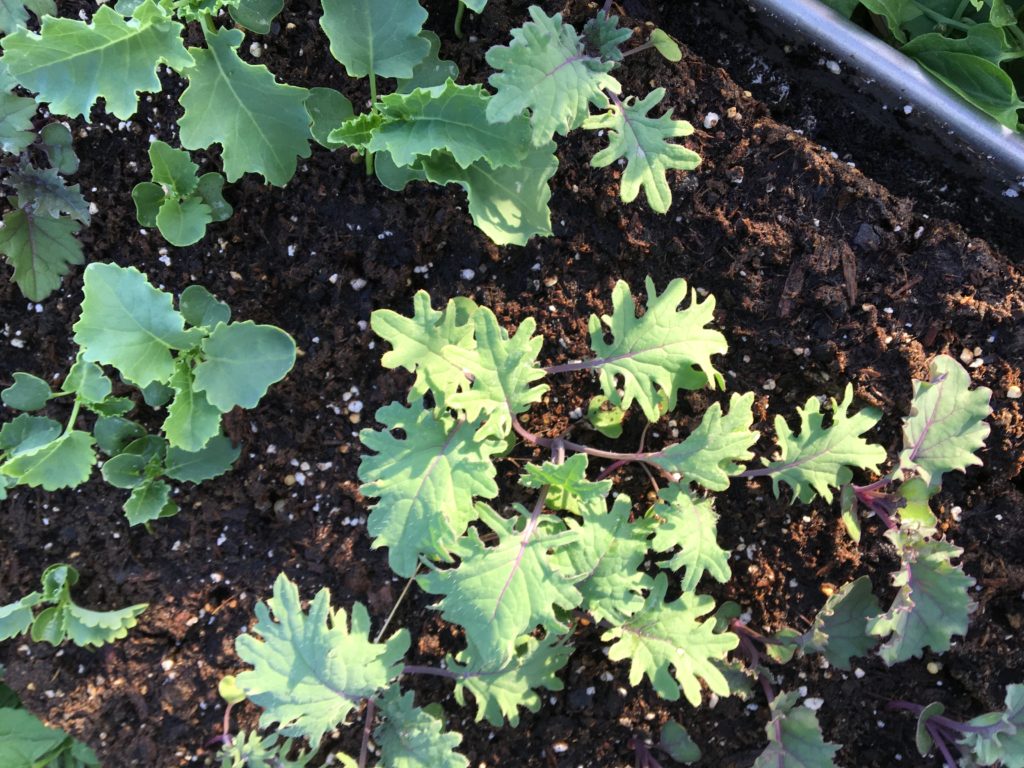 The little kale I had written about earlier are now big enough to go out into the garden. I prepared the bed, not with tilling, but using a fork I gently aerated, just lifting the fork a little, but not turning over the soil. The less disturbed it is the better for the soil health. I also added a nice layer or compost and gently raked it in.
The little kale I had written about earlier are now big enough to go out into the garden. I prepared the bed, not with tilling, but using a fork I gently aerated, just lifting the fork a little, but not turning over the soil. The less disturbed it is the better for the soil health. I also added a nice layer or compost and gently raked it in.
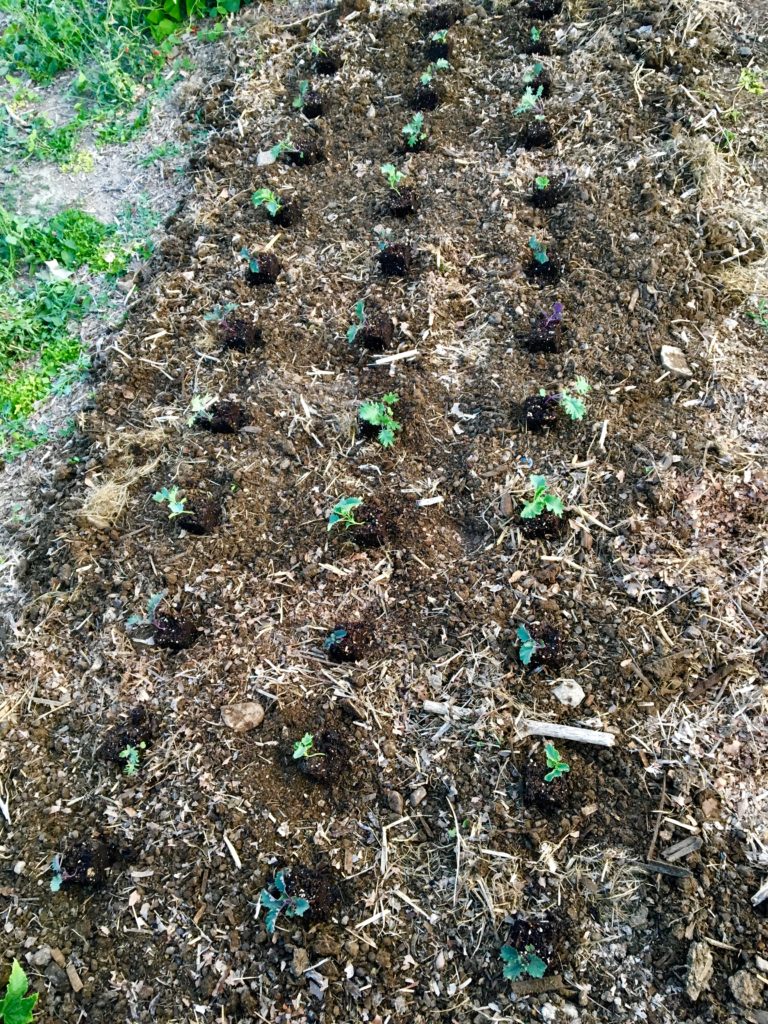 The seedlings were spaced evenly and planted with great care. I’m hoping to have some winter vegetables to add to the soup pot and perhaps have some to sell at market.
The seedlings were spaced evenly and planted with great care. I’m hoping to have some winter vegetables to add to the soup pot and perhaps have some to sell at market.
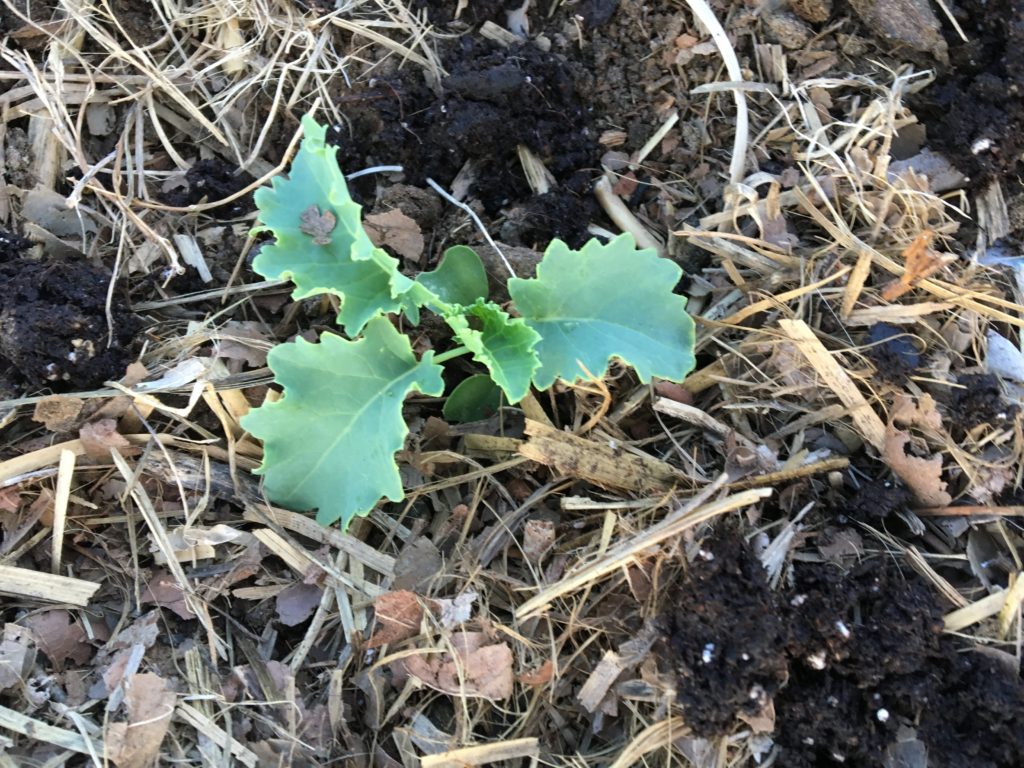
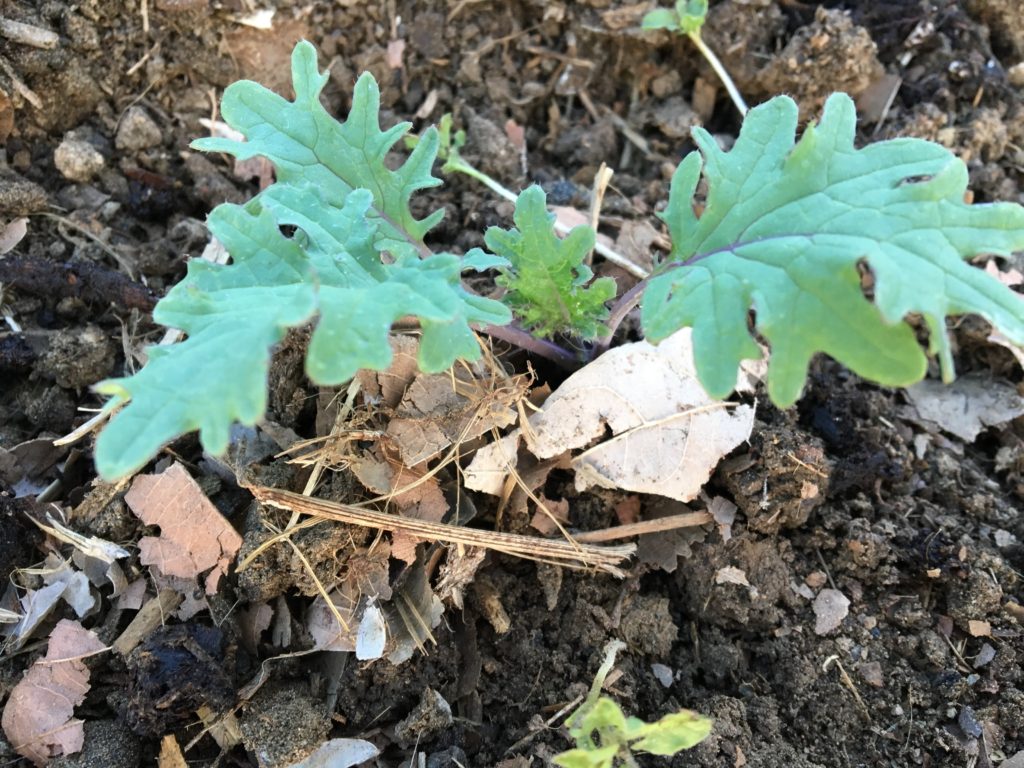

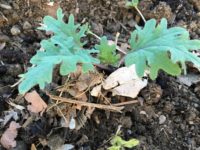
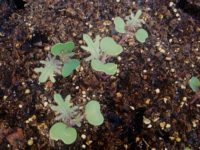
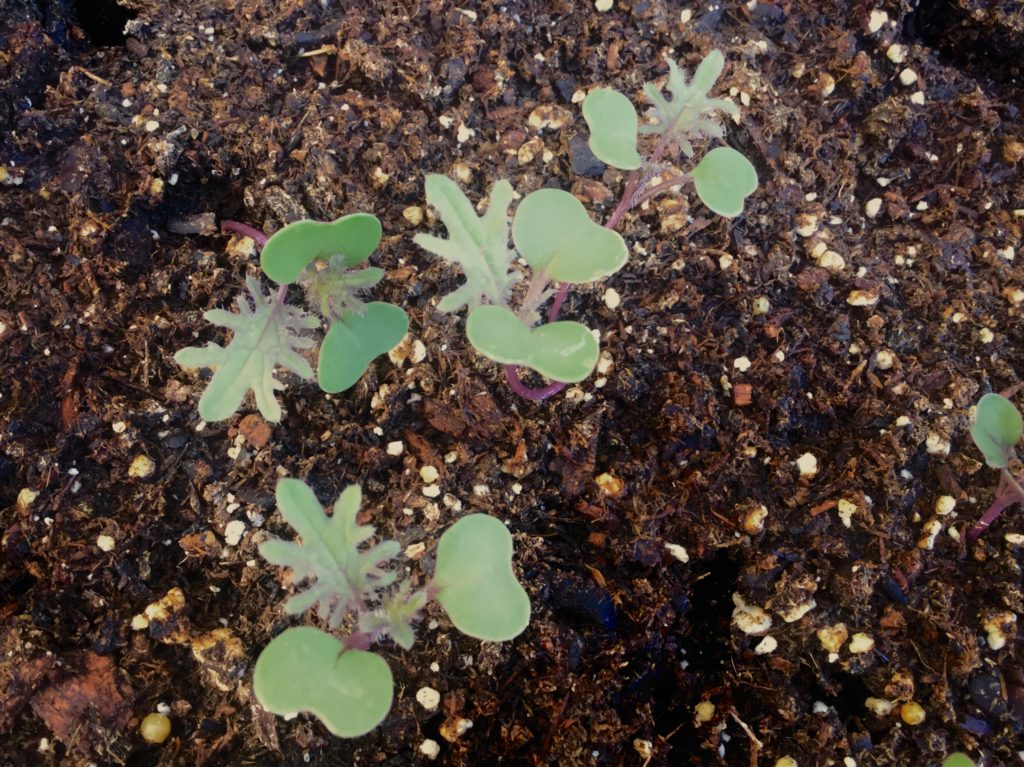
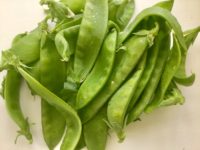
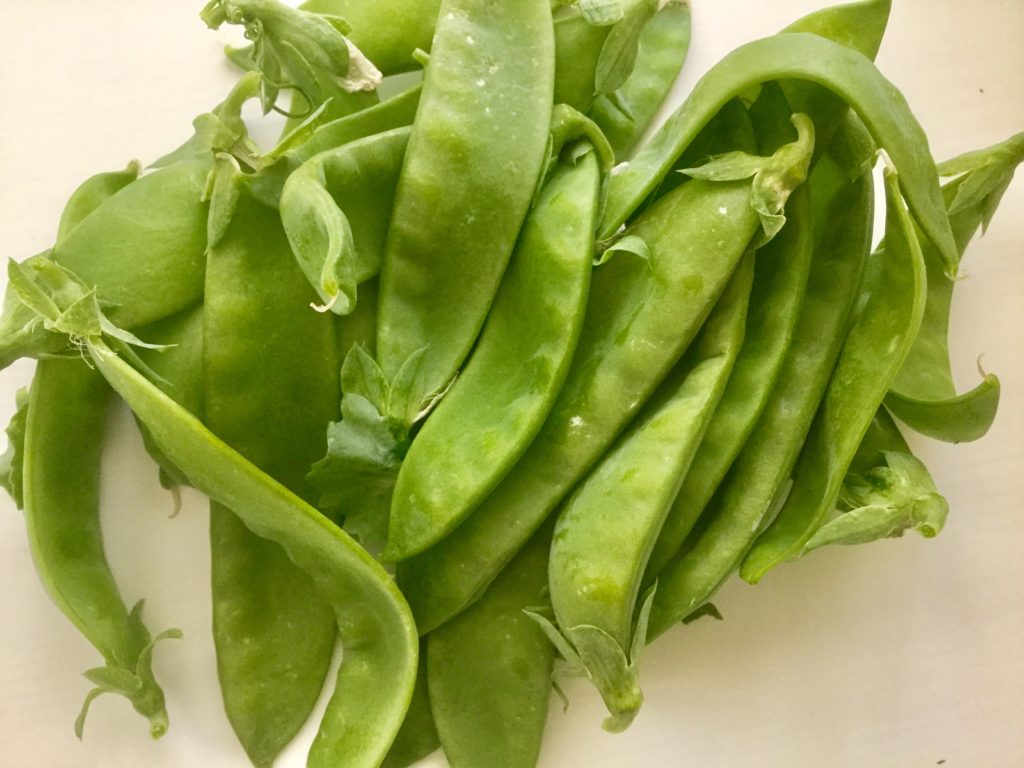 Today as I was out checking the garden I noticed that there were peas on the vines! The end of June our spring peas decided it was too hot and in a pout stopped flowering. They ended up in the compost pile and a new set of pea seeds were planted. I had been noticing a flower or two the last week, what I hadn’t noticed that under the leaves there were many more flowers than I had known. Today I saw them, beautiful snow peas, they should be productive well into October and I am so excited!
Today as I was out checking the garden I noticed that there were peas on the vines! The end of June our spring peas decided it was too hot and in a pout stopped flowering. They ended up in the compost pile and a new set of pea seeds were planted. I had been noticing a flower or two the last week, what I hadn’t noticed that under the leaves there were many more flowers than I had known. Today I saw them, beautiful snow peas, they should be productive well into October and I am so excited!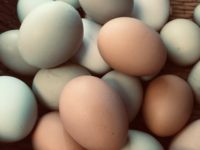
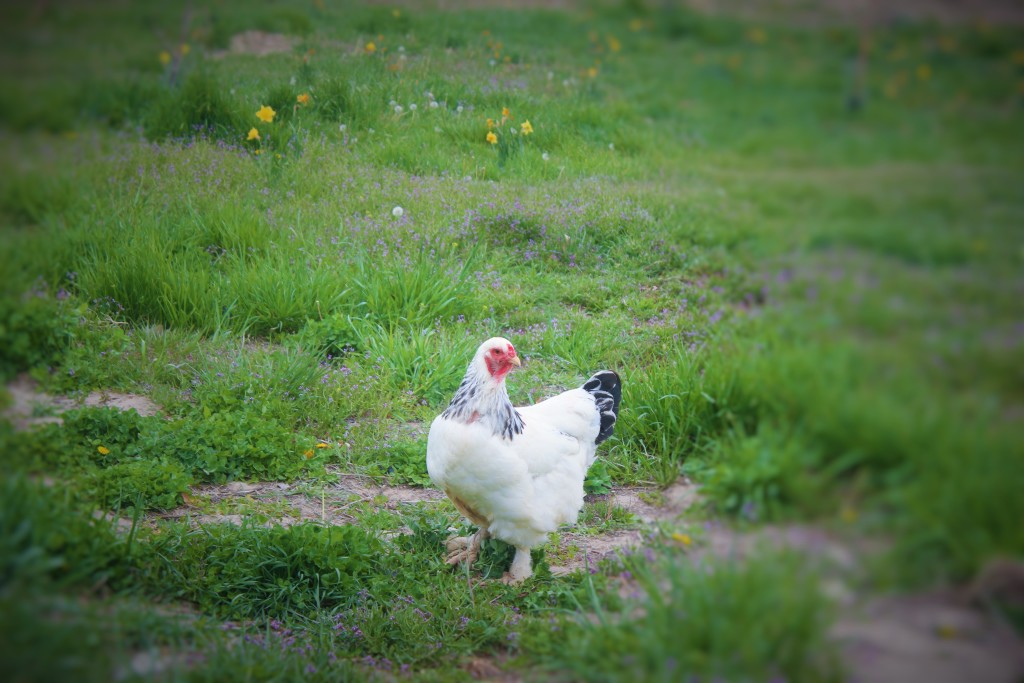
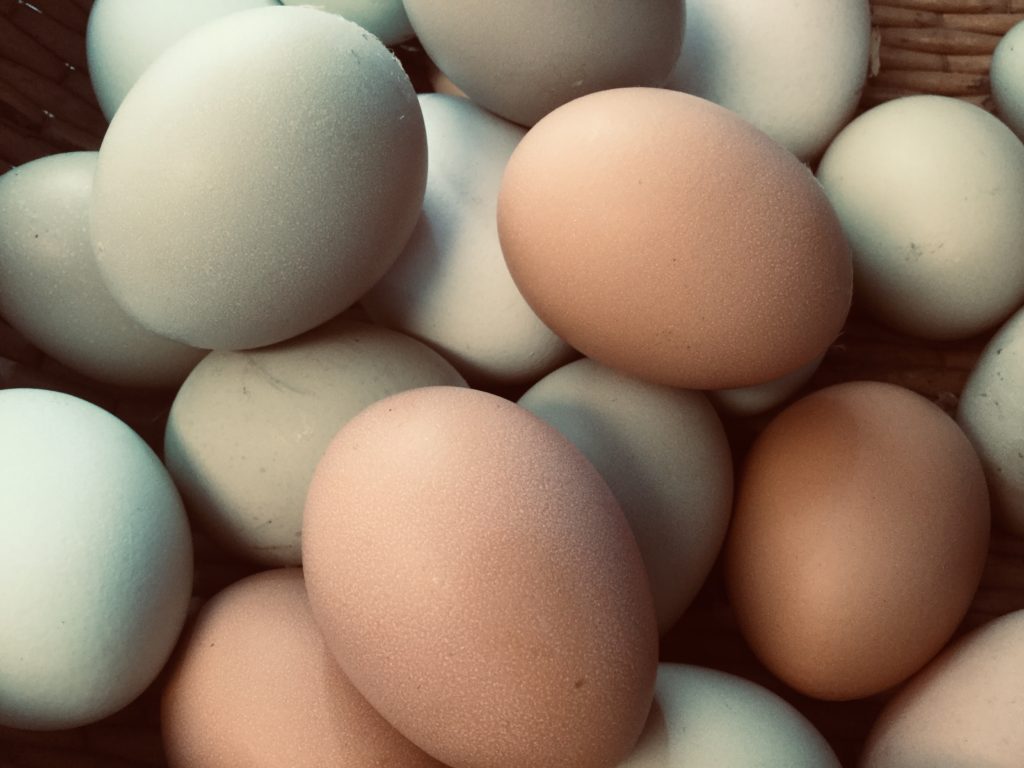
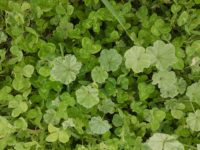

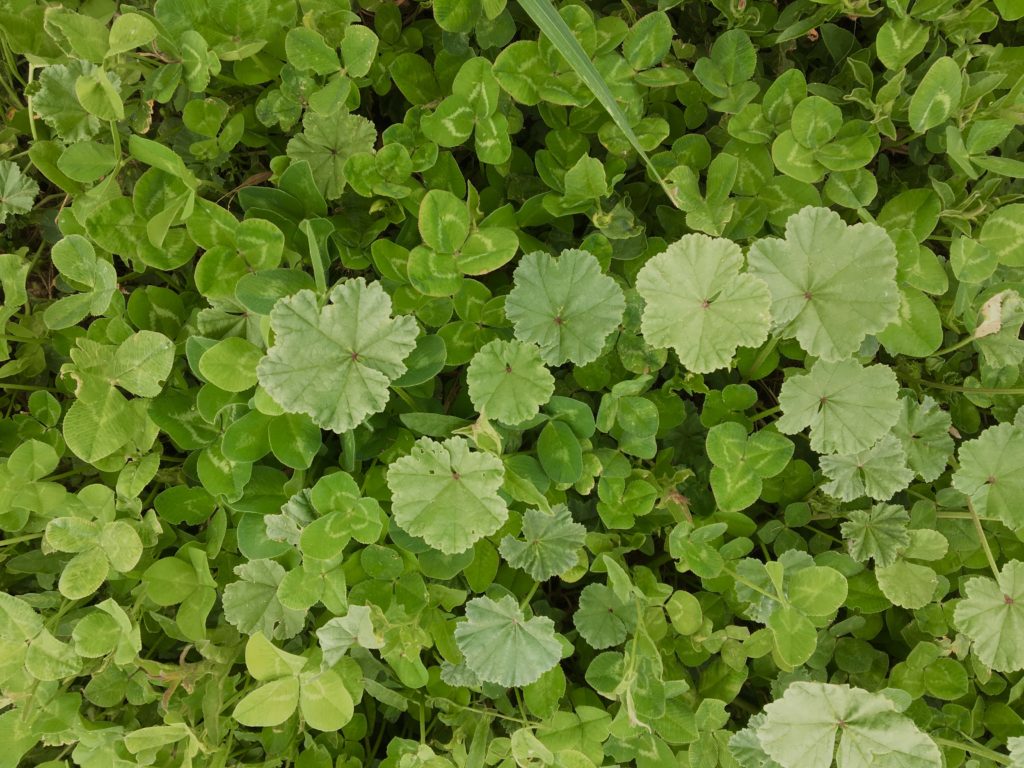
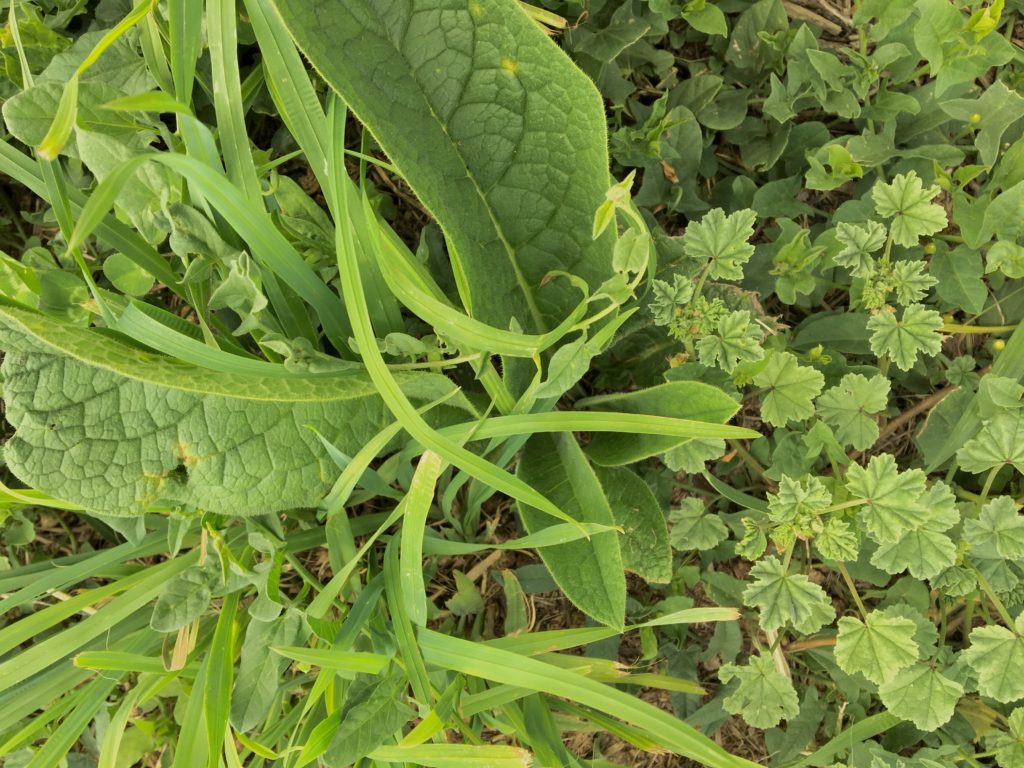
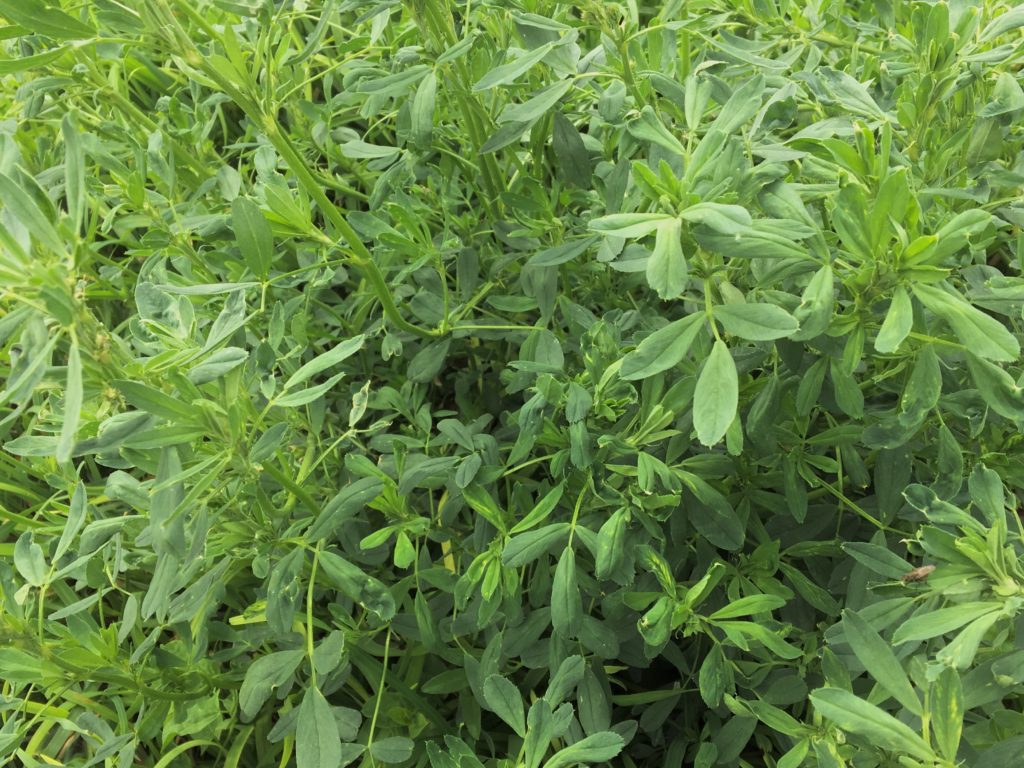
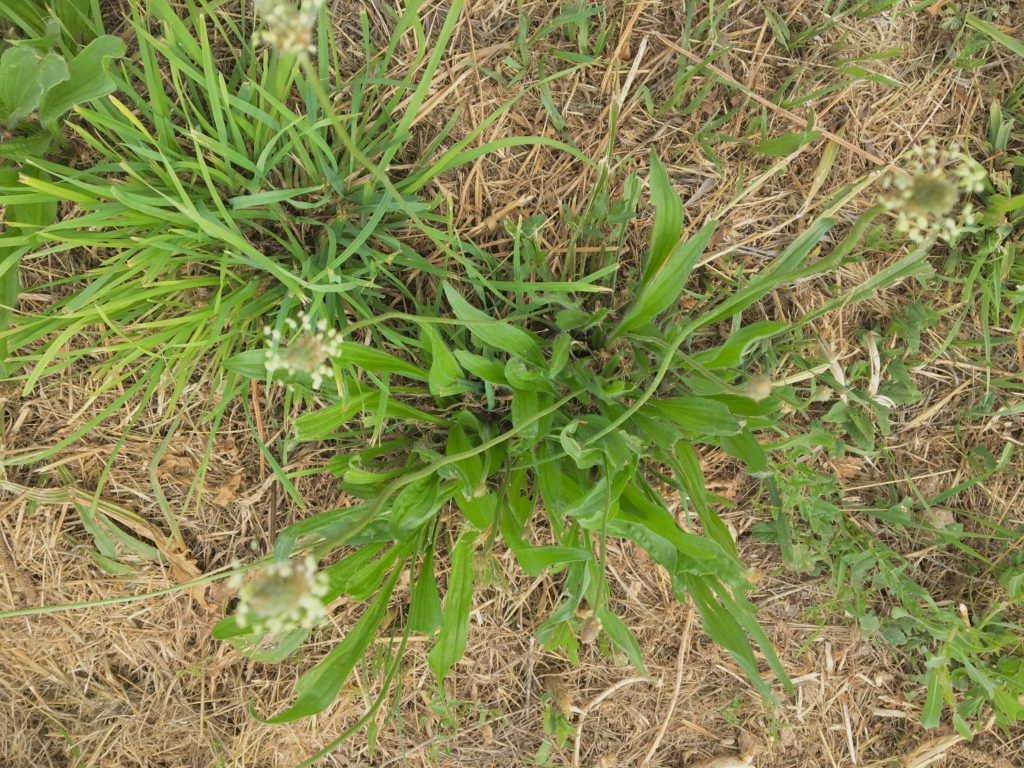
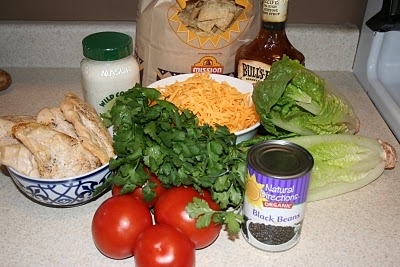
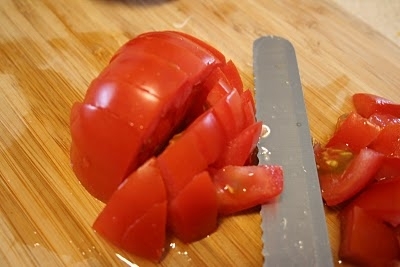
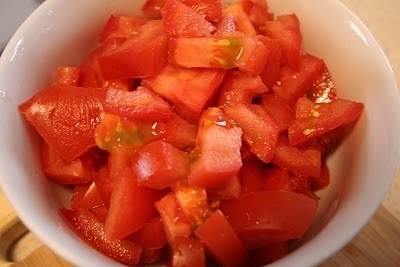
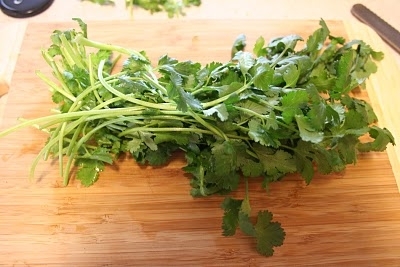
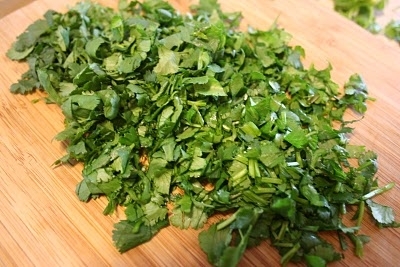
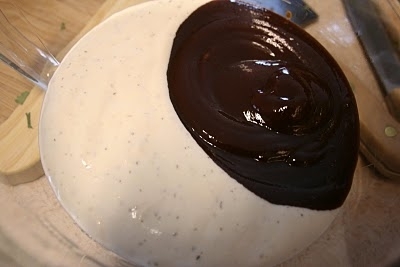
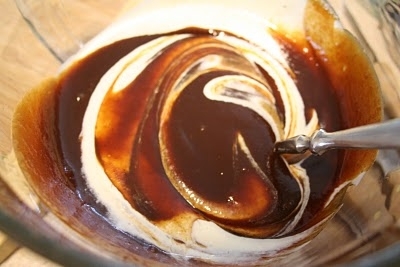
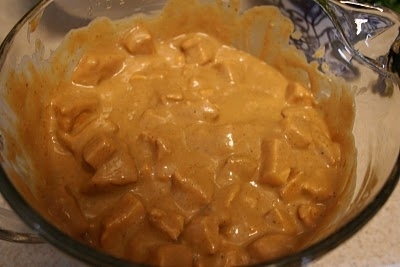
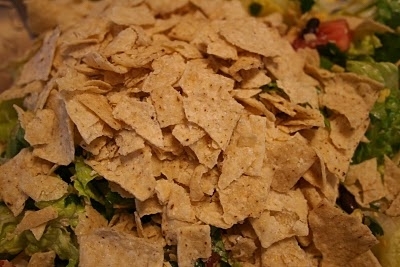
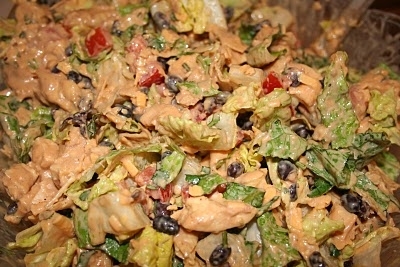
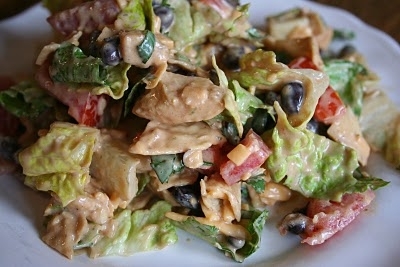
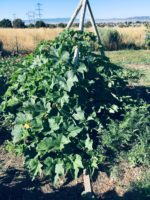
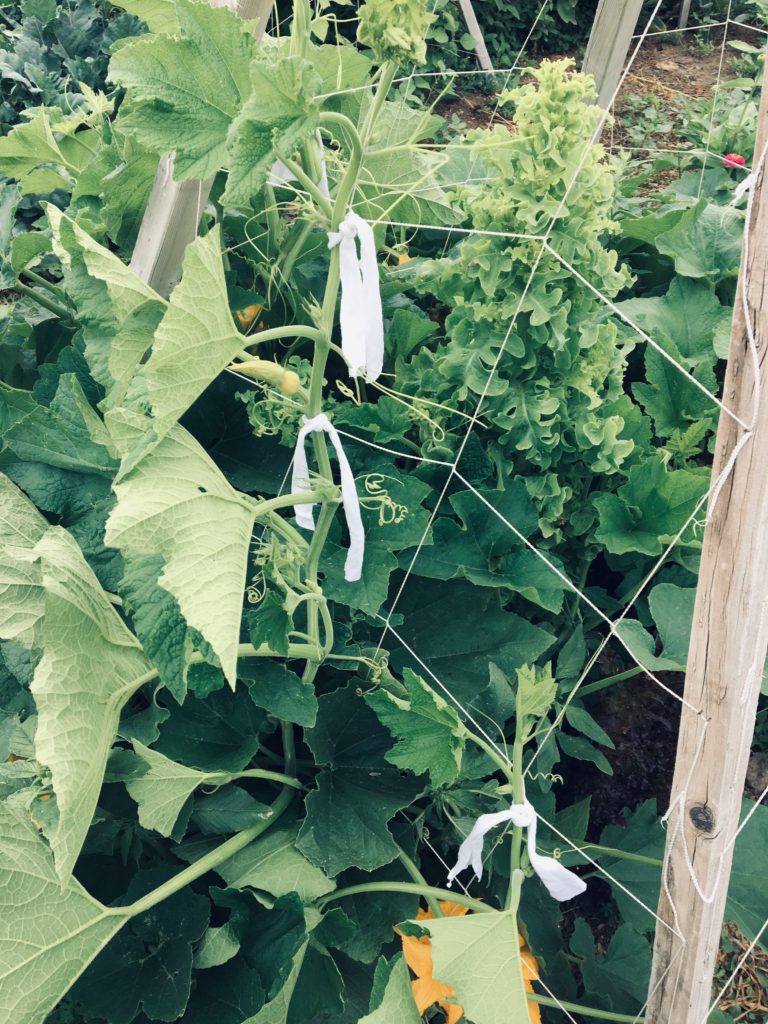
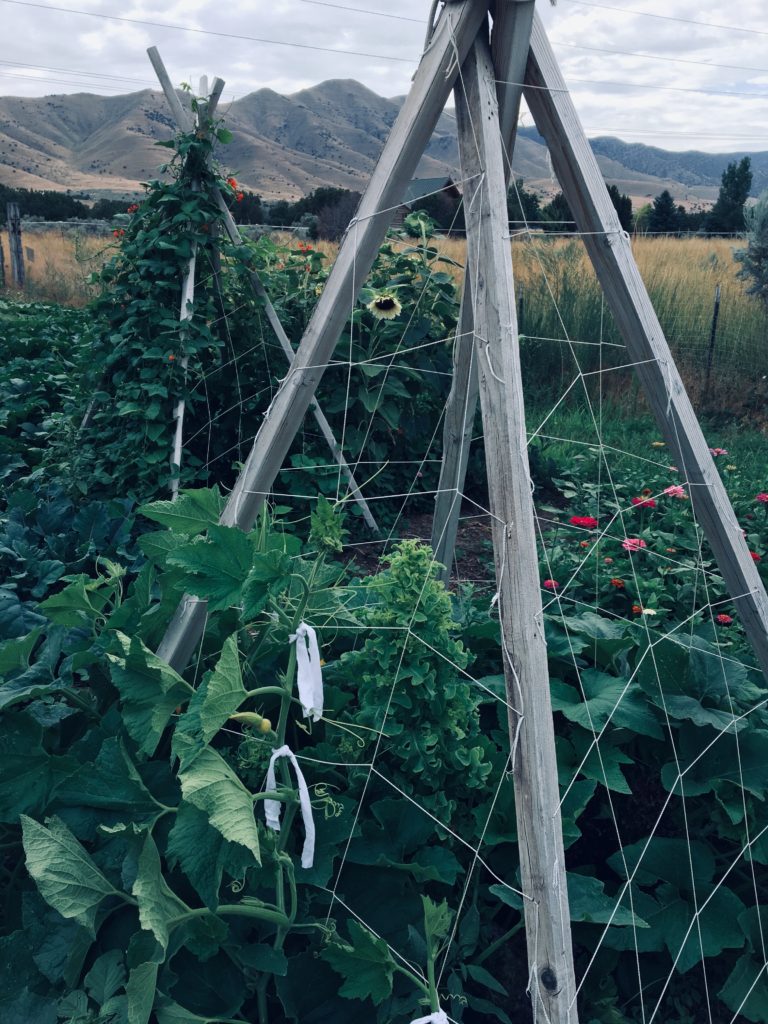
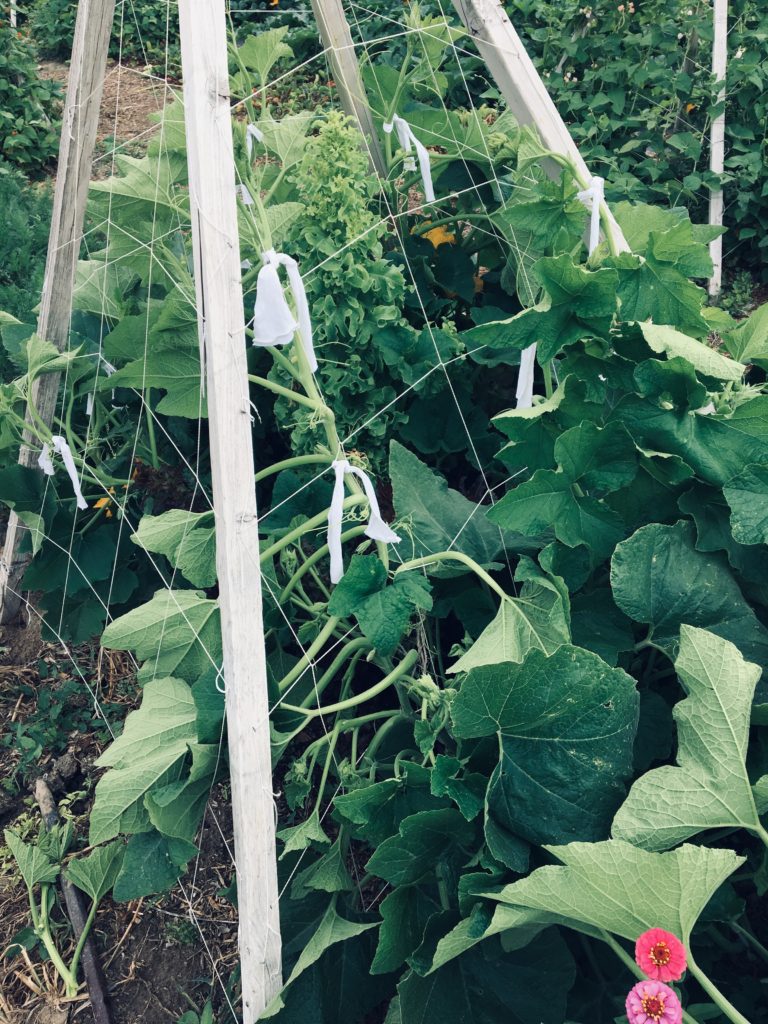
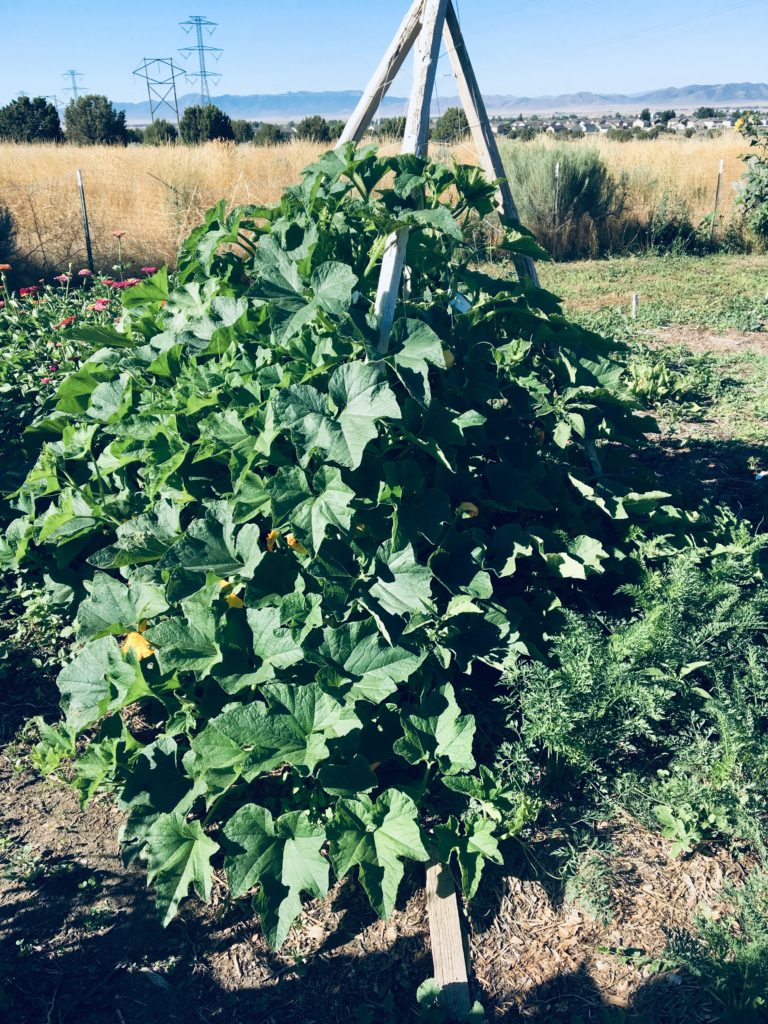


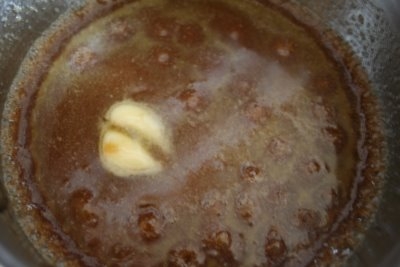
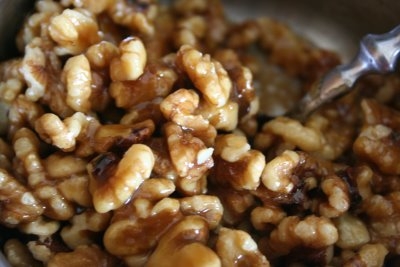




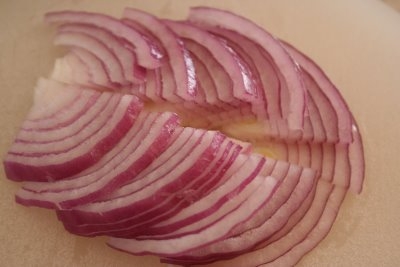



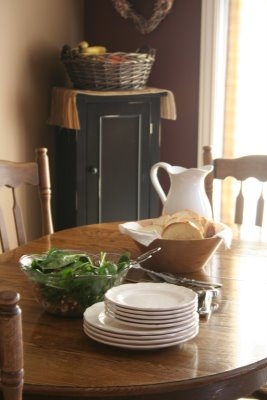
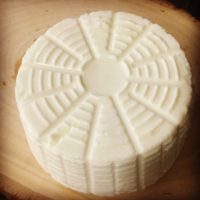
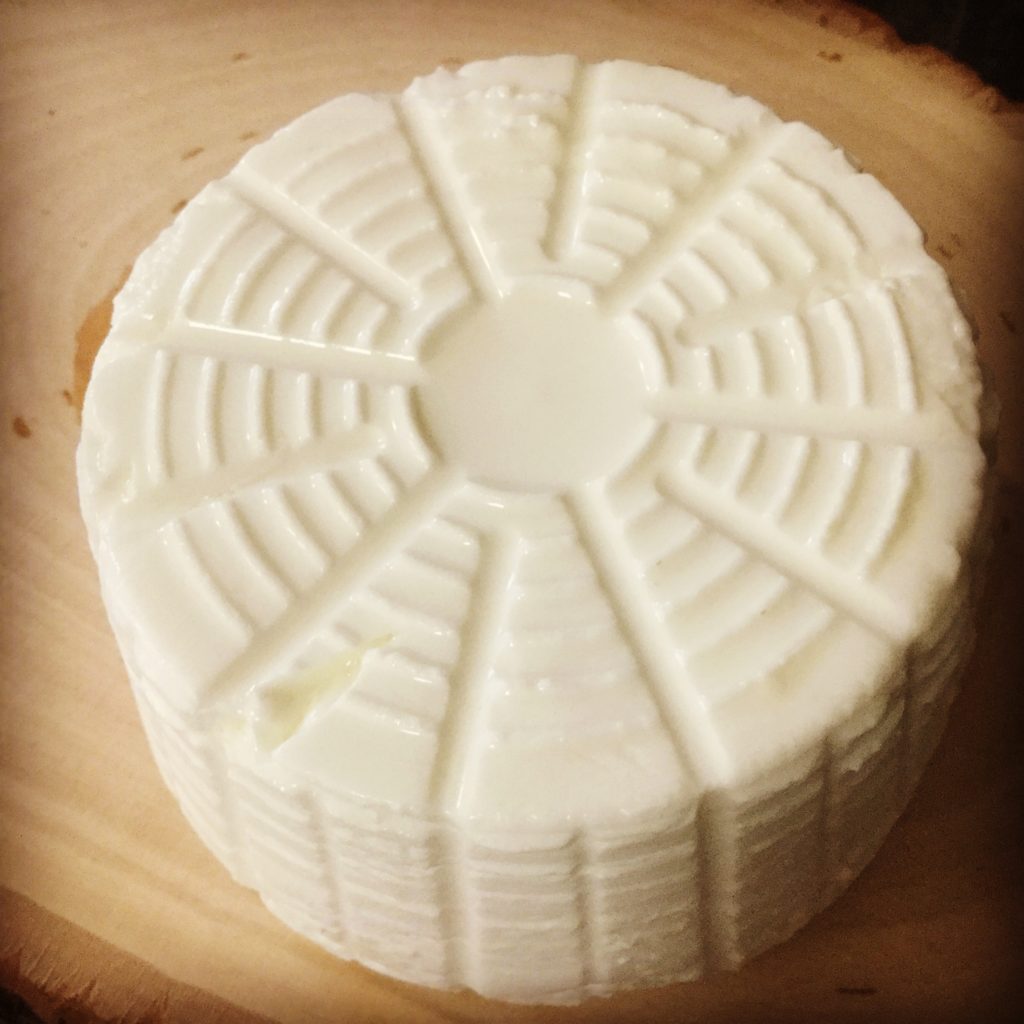 For a long time I’ve dreamed of owning my own dairy animals and making all the yummy dairy foods. My first try at soft goat cheese was a success! My children may never get to drink our goat milk again, I’m saving it all for cheese.
For a long time I’ve dreamed of owning my own dairy animals and making all the yummy dairy foods. My first try at soft goat cheese was a success! My children may never get to drink our goat milk again, I’m saving it all for cheese.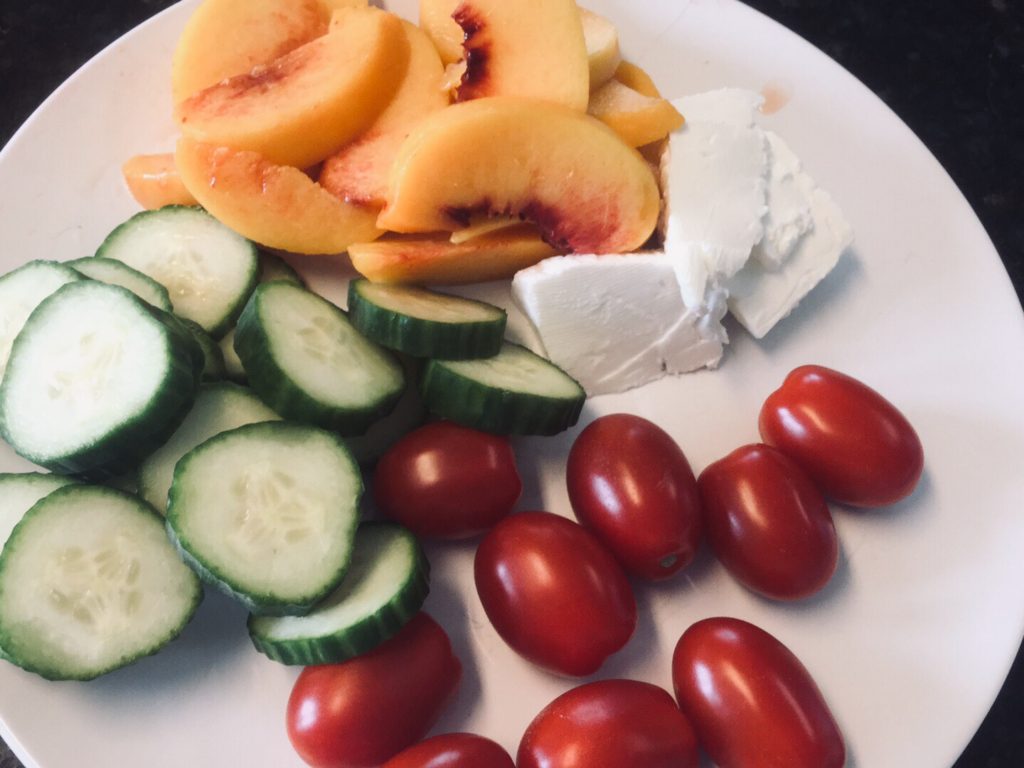 I think this may just be the most perfect summer lunch ever.
I think this may just be the most perfect summer lunch ever.